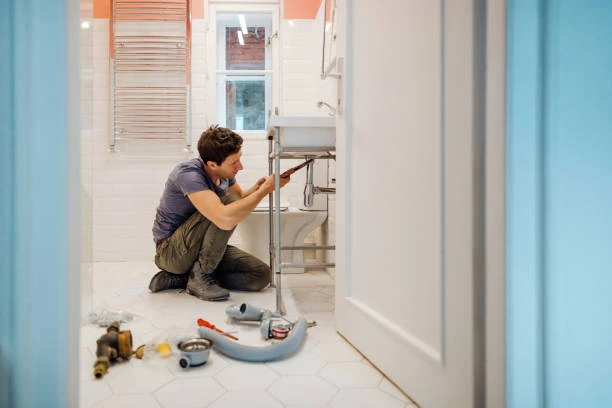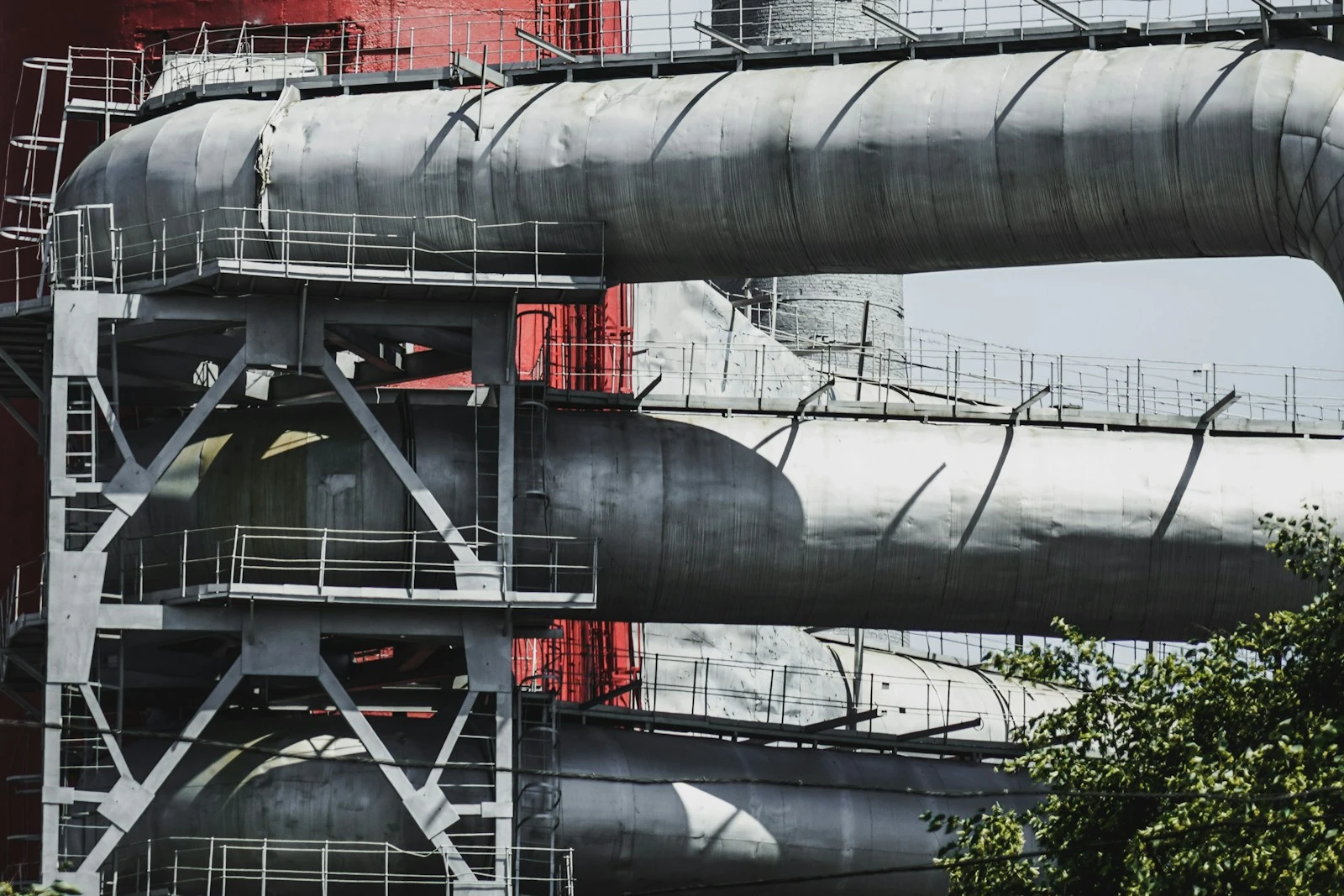In recent years, the demand for efficient and reliable inspection of pipelines has grown significantly. This need arises from aging infrastructure, safety regulations, and the necessity to maintain optimal performance. To address these challenges, engineers have developed a reconfigurable manipulator robot specifically designed to inspect pipes in challenging environments. This article explores the technology behind this innovative robot, its applications, benefits, and future prospects in pipe inspection.
Understanding the Reconfigurable Inspect Pipes Robot
What is a Reconfigurable Inspect Pipes Robot?
A reconfigurable manipulator robot is a versatile machine that can adapt its structure and functionality to perform various tasks. These robots consist of multiple joints and segments, allowing them to navigate complex environments. In the context of pipe inspection, this robot is equipped with sensors and cameras to gather data about the condition of pipelines.
Key Features
The robot’s key features include modular design, advanced mobility, and a range of inspection tools. Its modular design allows for easy reconfiguration, enabling it to adapt to different pipe sizes and shapes. The robot’s mobility features, such as wheels or tracks, facilitate movement through tight spaces and challenging terrains. Additionally, it can be equipped with cameras, ultrasonic sensors, and other diagnostic tools to perform comprehensive inspections.
Applications in Inspect Pipes
Oil and Gas Industry
One of the primary applications of the reconfigurable manipulator robot is in the oil and gas industry. Pipelines in this sector often span vast distances and traverse difficult terrains. Regular inspections are essential to detect leaks, corrosion, and structural integrity issues. The robot’s ability to navigate challenging environments makes it an ideal solution for inspecting these critical pipelines.
Water and Wastewater Systems
The water and wastewater industry also benefits from this robotic technology. Aging infrastructure often leads to pipeline deterioration, making regular inspections vital. The reconfigurable manipulator robot can efficiently assess the condition of water mains, sewer lines, and treatment facilities, ensuring that any issues are identified and addressed promptly.
Manufacturing and Industrial Applications
In manufacturing settings, the robot can inspect pipes used in various processes, from chemical production to food processing. Ensuring that these pipes are free of contaminants and functioning correctly is crucial for operational efficiency and safety. The robot’s versatility allows it to adapt to different manufacturing environments, making it a valuable asset.
Advantages of Using a Reconfigurable Inspect Pipes Robot
Enhanced Safety
Using a manipulator robot for pipe inspection significantly enhances safety. Inspecting pipelines manually in challenging environments can pose risks, including exposure to hazardous materials and difficult working conditions. The robot can operate in these environments, reducing the need for human workers to enter potentially dangerous areas.
Improved Efficiency
The reconfigurable manipulator robot streamlines the inspection process. Traditional inspection methods can be time-consuming and labor-intensive. The robot can quickly traverse pipelines, collect data, and analyze conditions, leading to faster inspections and more efficient maintenance scheduling.
Cost-Effectiveness
Implementing robotic technology in pipe inspection can lead to significant cost savings. By reducing the labor required for inspections and minimizing downtime, companies can improve their bottom line. Additionally, early detection of issues can prevent costly repairs and extend the lifespan of infrastructure.

Future Developments in Robotic Inspect Pipes
Advancements in Sensor Technology
As sensor technology continues to evolve, the capabilities of reconfigurable manipulator robots will expand. New sensors can provide more accurate data, enabling better condition assessments of pipelines. Integrating advanced imaging systems and artificial intelligence can further enhance the robot’s analytical capabilities.
Increased Autonomy
Future iterations of these robots will likely feature greater autonomy. By incorporating machine learning and artificial intelligence, the robots can analyze data in real-time, make decisions, and even perform repairs autonomously. This increased autonomy will revolutionize pipe inspection and maintenance practices.
Integration with IoT
The integration of the Internet of Things (IoT) will play a significant role in the future of robotic pipe inspection. By connecting robots to a centralized system, real-time data can be shared and analyzed. This connectivity allows for proactive maintenance strategies and improved monitoring of pipeline conditions.
Challenges in Implementing Robotic Pipe Inspection
Technical Limitations
Despite their advantages, reconfigurable manipulator robots face technical challenges. Navigating extremely tight spaces or complex pipe systems can be difficult. Engineers must continuously innovate to enhance the robot’s design and functionality to overcome these limitations.
Inspect Pipes Initial Investment
The initial investment required for robotic inspection technology can be substantial. Companies may hesitate to adopt these systems due to upfront costs. However, the long-term savings and efficiency gains often outweigh these initial expenditures.
Training and Adoption
To fully leverage robotic technology, personnel must be trained to operate and maintain the robots. This training can require time and resources, which may be a barrier to adoption. Organizations must invest in training programs to ensure successful implementation.
Inspect Pipes Conclusion
The development of reconfigurable manipulator robots designed for pipe inspection represents a significant advancement in the field of infrastructure maintenance. With their ability to navigate challenging environments, enhance safety, and improve efficiency, these robots are poised to transform how industries inspect and maintain pipelines. As technology continues to evolve, the future of robotic pipe inspection looks promising, offering innovative solutions to the challenges of aging infrastructure.
FAQ
1. What is a reconfigurable manipulator robot?
A reconfigurable manipulator robot is a versatile machine that adapts its structure to perform various tasks, including pipe inspection.
2. How does the robot enhance safety during inspections?
The robot can operate in hazardous environments, reducing the need for human workers to enter potentially dangerous areas.
3. In which industries is this robotic technology used?
The oil and gas, water and wastewater, and manufacturing industries utilize reconfigurable manipulator robots for pipe inspection.
4. What are the future developments expected for robotic pipe inspection?
Future developments include advancements in sensor technology, increased autonomy, and integration with IoT for real-time monitoring.
5. What challenges do these robots face in implementation?
Technical limitations, initial investment costs, and the need for personnel training are significant challenges in adopting robotic inspection technology.


















